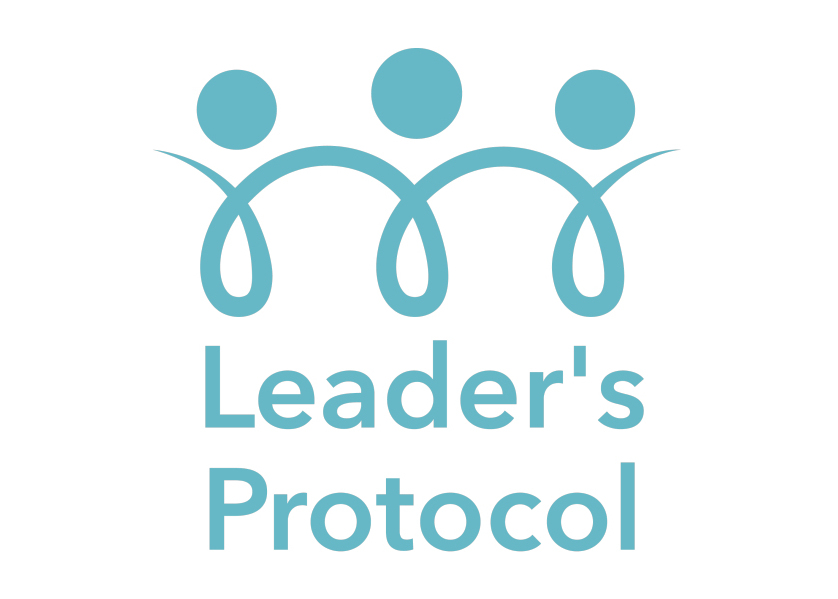Effective feedback unlocks so much capability in any team. Sometimes a misunderstood concept, it's well worth getting to grips with
The Art and Science of Giving and Receiving Feedback in the Workplace
Feedback plays a crucial role in the work environment. It acts as the steering wheel for personal and professional growth, helping individuals align their efforts with organisational objectives. This article explores the art and science of giving and receiving feedback effectively in the workplace, with insights gleaned from a wide range of podcasts, books, articles, and case studies.
Feedback as a Tool for Growth
The value of feedback in the workplace cannot be overstated. Constructive feedback helps individuals identify their strengths and areas for improvement, fostering a culture of continuous learning. In his podcast “WorkLife”, Adam Grant emphasises how feedback, when utilized correctly, can enhance job performance and satisfaction.
Balancing Positivity and Constructivity
The art of giving feedback lies in balancing positive reinforcement with constructive criticism. It is a delicate process that, when executed effectively, can significantly enhance individual and team performance. “The Feedback Fallacy”, an article by Marcus Buckingham and Ashley Goodall in the Harvard Business Review, provides compelling insights on this balance.
Creating a Safe Space for Feedback
The creation of a psychologically safe environment is paramount to facilitate the effective exchange of feedback. When team members feel safe, they are more likely to share and receive feedback constructively. Amy Edmondson’s work, particularly her book The Fearless Organization, highlights the role of psychological safety in organisational learning and success.
Emotional Intelligence in Feedback
Emotional intelligence (EI) is an essential element in both giving and receiving feedback. EI allows individuals to handle emotions effectively, foster empathy, and maintain productive communication, even in challenging situations. Daniel Goleman’s work on emotional intelligence demonstrates how EI can enhance feedback processes in the workplace.
Encouraging a Feedback Culture
Fostering a culture that encourages the regular exchange of feedback can be a transformative move for organisations. Ed Batista’s article “Learning to Take Feedback Well”, published in HBR, sheds light on the importance of creating an organisational culture that encourages feedback.
The Power of Active Listening
Active listening plays a crucial role when receiving feedback. Listening attentively ensures understanding and respect for the feedback giver’s perspective. Julian Treasure’s TED Talk, “5 ways to listen better”, underscores the transformative power of active listening.
Giving and receiving feedback effectively is both an art and a science, requiring emotional intelligence, active listening skills, the creation of a safe space, and the establishment of a feedback culture. When these elements align, feedback becomes a powerful catalyst for personal development and organisational growth.
In essence, feedback is more than a mere exchange of views—it’s a means of bridging gaps, fostering understanding, and driving progress. By mastering the art and science of feedback, leaders can create an environment where growth is not just an aspiration, but a way of life.
Want more? I’d recommend …
Book: “Thanks for the Feedback: The Science and Art of Receiving Feedback Well” by Douglas Stone and Sheila Heen.
Article: “The Art and Science of Giving and Receiving Criticism at Work” by Harvard Business Review.
Video: “How to give and receive feedback at work” by LeeAnn Renninger.
Podcast: “Radical Candor” by Kim Scott. This podcast, inspired by the book of the same name, explores the idea of caring personally and challenging directly.



